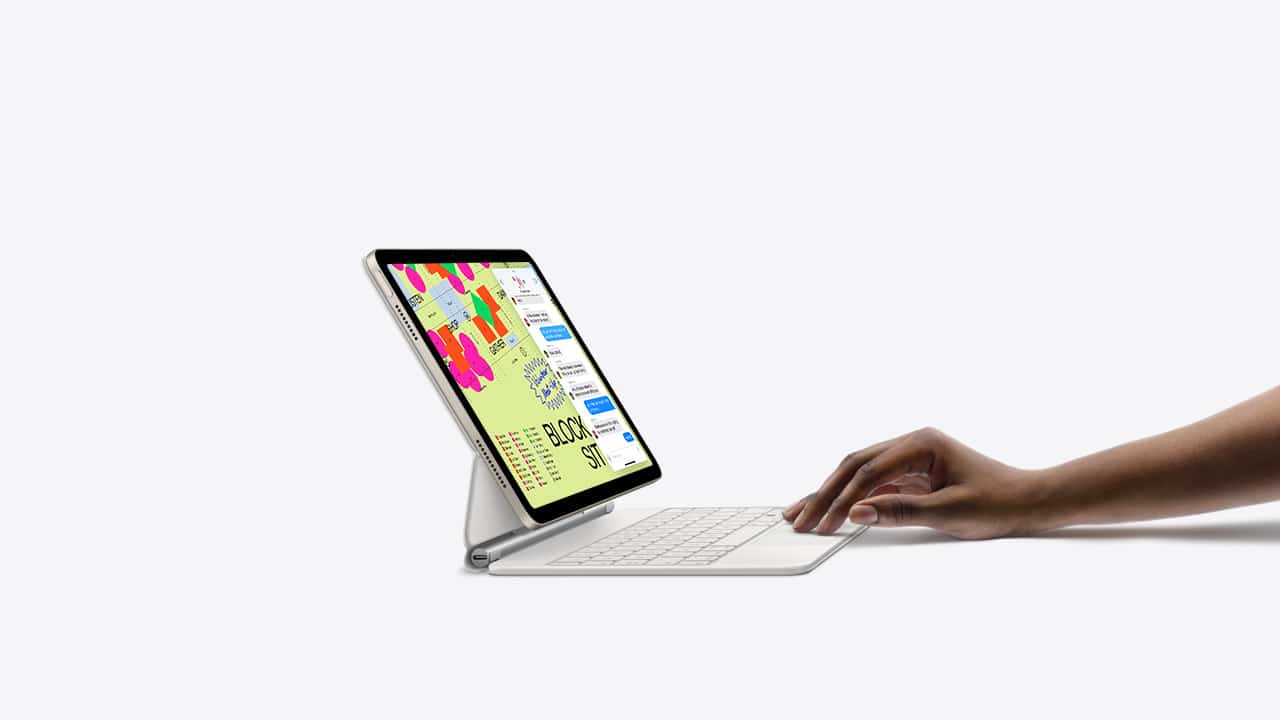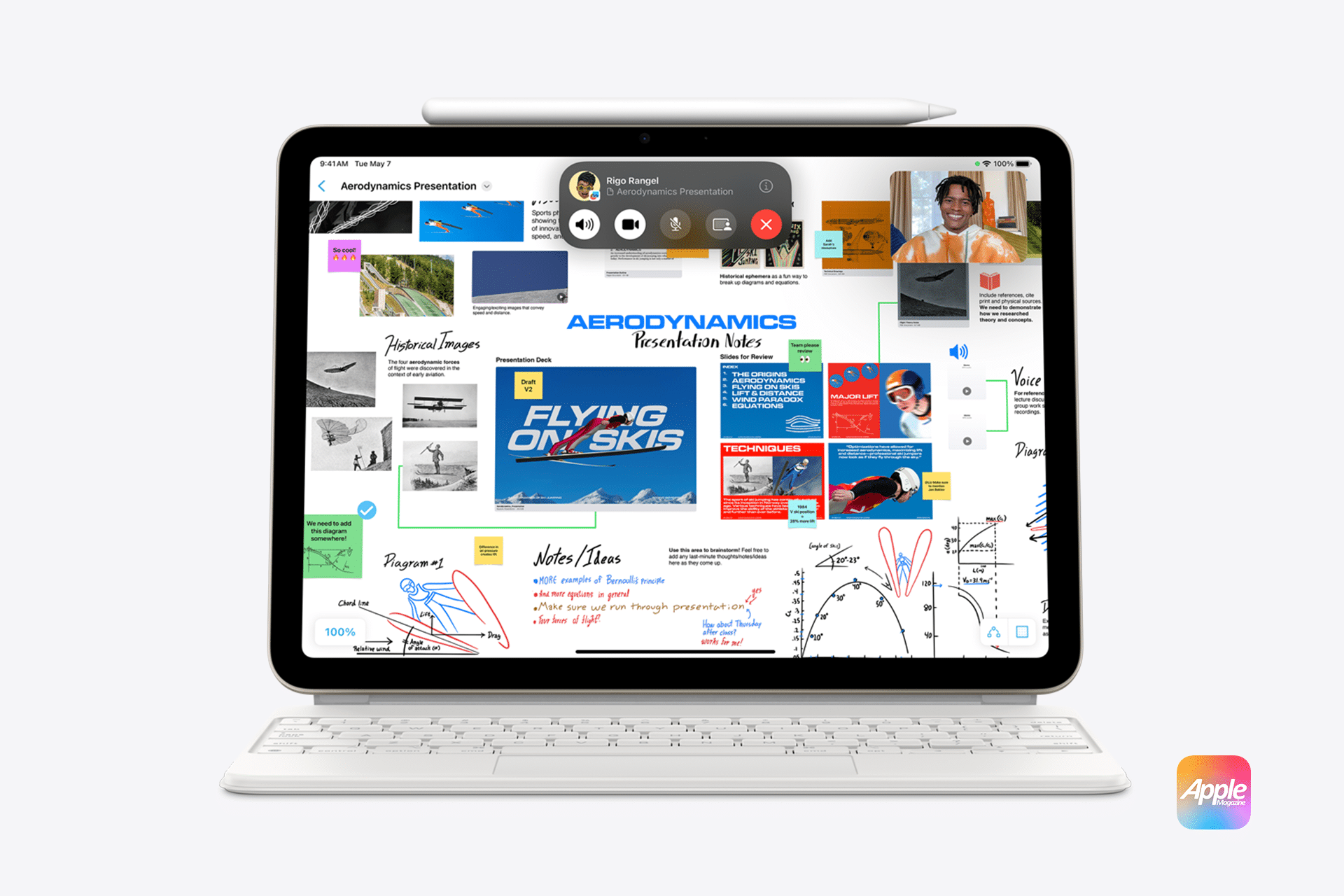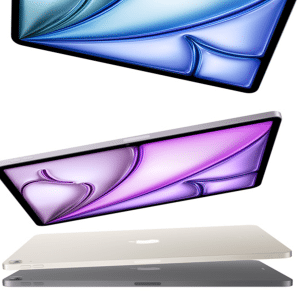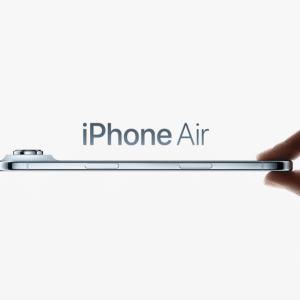Apple’s decision to integrate the M3 chip in the upcoming iPad Air is seen as a strategic move.
- Improved Performance: The M3 chip promises faster processing speeds and enhanced efficiency compared to the M2, making it a substantial upgrade over the current model.
- Power Efficiency: Built on a 3nm process, the M3 chip offers superior power management, ensuring longer battery life.
- Cost-Effective: By opting for the M3 instead of the M4, Apple can maintain competitive pricing for the iPad Air.
While the processor is the highlight, other rumored updates include:
- Retained Design: The new iPad Air is expected to retain its slim, lightweight design with a 10.9-inch Liquid Retina display.
- Improved Durability: Minor tweaks in the build could enhance the device’s longevity.
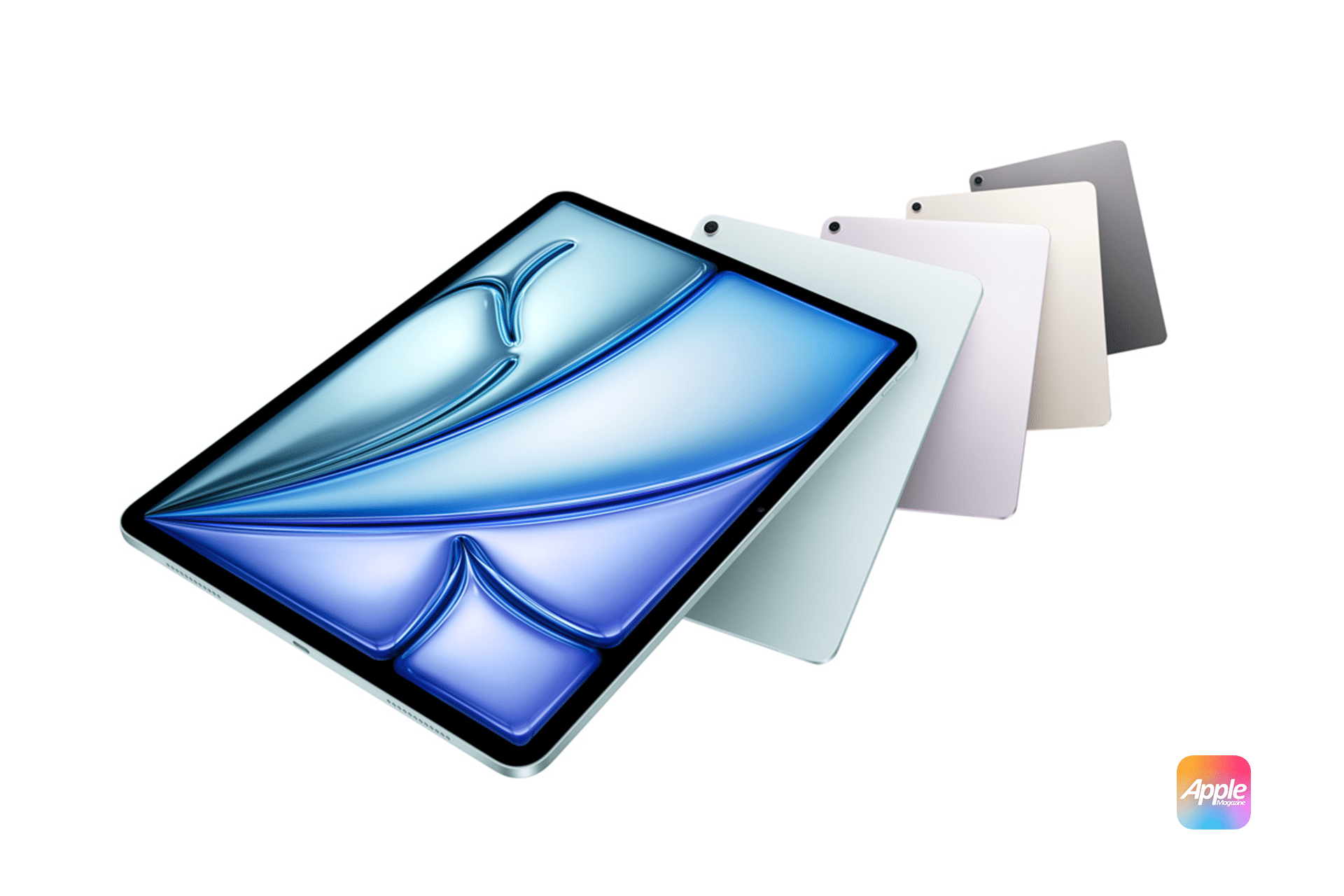
Performance Expectations
The M3 chip positions the iPad Air update as a capable device for demanding tasks.
- Multitasking: The iPad Air with M3 is expected to handle intensive multitasking with ease, making it suitable for professionals and students.
- Gaming and Media: Enhanced GPU capabilities will ensure smooth gameplay and high-quality streaming.
The iPad Air update might miss out on the M4’s advanced capabilities, but the M3 offers enough power for most use cases, ensuring that users still get exceptional performance.
Connectivity and Additional Features
The new iPad Air is likely to support 5G connectivity and Wi-Fi 6E, ensuring faster internet speeds and reliable network connections.
The updated model is expected to remain compatible with:
- Apple Pencil (2nd Gen): For creatives and note-takers.
- Magic Keyboard: Transforming the iPad Air into a versatile productivity tool.
Pricing and Target Audience
Apple’s choice to equip the iPad Air update with the M3 chip instead of the M4 aligns with its strategy to offer a powerful yet cost-effective device.
- Expected Price: Analysts predict the iPad Air will start at around $599, maintaining its position as an accessible option within Apple’s lineup.
- For Whom?: This model is ideal for students, professionals, and casual users who need a reliable device for everyday tasks.
Potential Challenges
Some users might feel that the lack of the M4 chip makes the update less appealing. However, the M3’s capabilities should be sufficient for most tasks, making it a practical choice for the iPad Air.
As competitors like Samsung release feature-packed tablets, Apple’s decision to use the M3 might be seen as conservative. Yet, the iPad Air’s balance of price, performance, and ecosystem advantages gives it a competitive edge.
Comparison with Other iPads
The iPad Air update offers a more affordable alternative to the iPad Pro, which is expected to feature the M4 chip. While the Pro targets power users, the Air strikes a balance between performance and cost.
| Feature | iPad Air (M3) | iPad Pro (M4) |
|---|---|---|
| Processor | M3 | M4 |
| Display | Liquid Retina | Liquid Retina XDR |
| Price | $599 (Expected) | $1,099+ (Expected) |
Sustainability Commitments
As with other Apple products, the new iPad Air is expected to incorporate recycled materials and energy-efficient manufacturing processes. This aligns with Apple’s goal to achieve carbon neutrality by 2030.
Release Timeline
The iPad Air update is rumored to launch in the second half of 2025, possibly during Apple’s fall event. Pre-orders might open shortly after the announcement, with shipping starting within weeks.
The iPad Air update featuring the M3 chip strikes a balance between power and affordability. By choosing the M3, Apple ensures the device remains accessible to a wide audience while offering impressive performance. Whether you’re a student, professional, or casual user, the updated iPad Air promises to be a versatile and reliable device.
